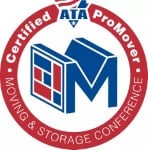You're in good company if you're planning a move this year. Approximately 30 million Americans move annually—with the average American moving 11.7 times in their lifetime. While moving multiple times offers plenty of chances to learn from your moving mistakes, why not skip that stress and get your move right this time around? Our move planning guide below can help you do just that.
Our move planner is overflowing with expert tips on how to create a moving schedule, how to prep for moving day, and everything in-between. Pair this resource with our personalized moving checklist and you'll be well-equipped to handle—and, in many cases, avoid—unexpected moving difficulties and the stress that comes with them.
What to Do First When Planning to Move
Getting started always seems to be the hardest part—especially for something as daunting as relocating. The trick to making it seem less overwhelming is breaking it into smaller moving tasks. Here are a few we recommend you tackle first when planning a move.
Plan Your Moving Date
Picking a moving date is a great first step since it will help you create an accurate moving schedule. While the date you take possession of your new home is a major factor for this decision, you may also want to consider:
-
Size of Home: The more stuff you have, the longer it will take to pack and move. In general, packing usually takes you longer than you think. So plan a little extra time when possible—it's surprising the amount of stuff we squirrel away in closets, drawers, storage, and garages!
-
Distance of Move: . A local move will be much quicker and easier than a cross-country move , or for that matter, even relocating to a new home a couple hours away. Long moves require extra planning, so set your moving date accordingly.
-
Time of Year & Week: Peak moving season runs from May to September. It is more difficult to book movers during this time, so you want to do so well ahead. Additionally, weekends usually book up first since that's when most people have free time. For this reason, moving packages are often cheaper off-season or on weekdays. Booking these times is a great way to save money on your move .
-
Time Commitment: Be honest about how much free time you have to commit to moving tasks—especially if planning a DIY move. You want enough time to declutter and pack. If you're moving out of town, you may also have miscellaneous errands like returning library books, borrowed items from friends, etc.
Short on time due to a last minute move? Last minute movers are well worth considering. They can take time-consuming tasks off your plate, like boxing and heavy lifting, which can help reduce stress and keep your move on schedule.

Create a Timeline and Schedule
Schedule moving tasks around your moving date to create a timeline/schedule. You can get started on certain things like decluttering and hiring movers months before moving day. Contrastingly, you'll have items like defrosting the fridge and packing appliances planned for the days right before the move.
Our moving checklist is a great place to start planning— it not only gives you a list of to-dos but estimates when these tasks need to be done.
Establish Your Moving Budget
Whether you're moving to NYC from across the country or relocating in the same city, moving costs add up. That's why knowing how much you have to spend from the get-go is essential. Moving expenses to consider include:
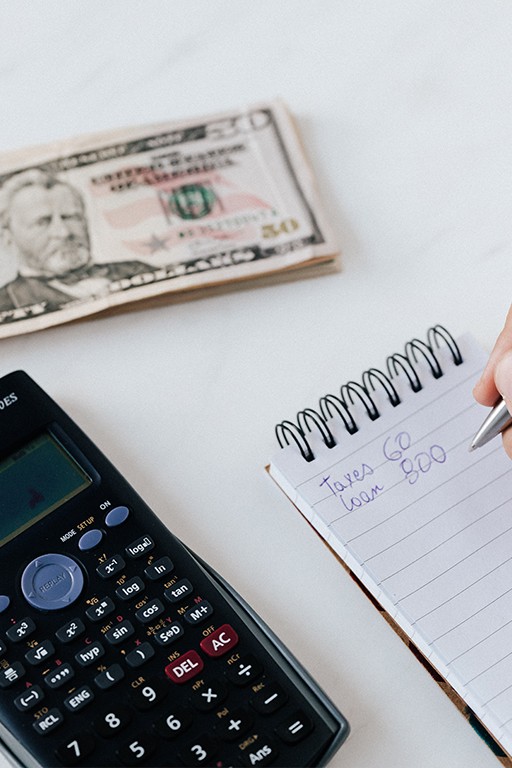
-
Packing Supplies: While you can often find free boxes on online Marketplaces, Freecycle, or grocery stores, buy new moving boxes for valuables. Additionally, you'll need packing materials like bubble wrap and packing paper to pad boxes, as well as packing tape, markers, and scissors.
-
Hiring Professional Movers: . The cost of hiring movers will vary depending on the distance of your move, how much stuff you have, and the location of your move. Additionally, you should factor in tipping movers.
-
DIY Move: Consider the truck rental price and cost of gas—many truck rental companies charge a flat rate + mileage. Additionally, there is the cost of moving equipment like dollies, moving blankets, and moving straps. Budgeting for snacks and drinks for any family and friends helping is also a good idea.
-
Pet & Child Care: This includes both pet sitters and babysitters. Moving is easier if you can get kids and pets out of the house during the chaos of moving day.
-
Transportation & Accommodation: How are you getting to your new home? Are there any tolls that need to be paid along the way? Does your car need to be shipped, or will you be driving it? Additionally, factor in any hotel or lodging costs (including meals). This will significantly vary depending on how long you require accommodations and the number of family members.
-
Storage: Whether you need storage just for the transition period or a longer period, it is worth budgeting for. A climate-controlled storage unit is always highly recommended as damage from items freezing, moisture, and mold can cost you a lot of money (and heartache).
-
Homeowner Expenses: This includes higher costs like real estate agent fees. However, don't forget more minor expenses like lightbulbs, kitchen condiments, door locks, a fire extinguisher, etc.
-
Rental Fees: If you're renting, budget for deposits (security deposit, pet deposits, first and last month's rent, etc.).
Tips to Prepare Yourself for Moving Day
Prepping for moving day well ahead of time can help you avoid errors and reduce moving stress.
Declutter
Decluttering before your move reduces the amount of packing supplies required. Plus, it can reduce the cost of your move—less stuff means less truck space needed and less moving time!
To start decluttering, pick a room and go through the items one at a time. Ask yourself:
-
Is this still good (not broken or expired)?
-
Have I used this in the past two years?
-
Do I need this? Do I love this?
-
Does this match my current style?
-
Is there room for this in my new home?
If you answer no to any of the questions above, consider tossing, donating, or selling the item.
Don't forget to declutter furniture! Furniture takes up a lot of room in a moving truck and sometimes the cheap stuff or pieces you don't love aren't worth the hassle or moving expense. In the case of long-distance moves, it is often cheaper to replace low-cost furniture once in your new location.
You May Also Like: 20 Things to Get Rid of When Moving
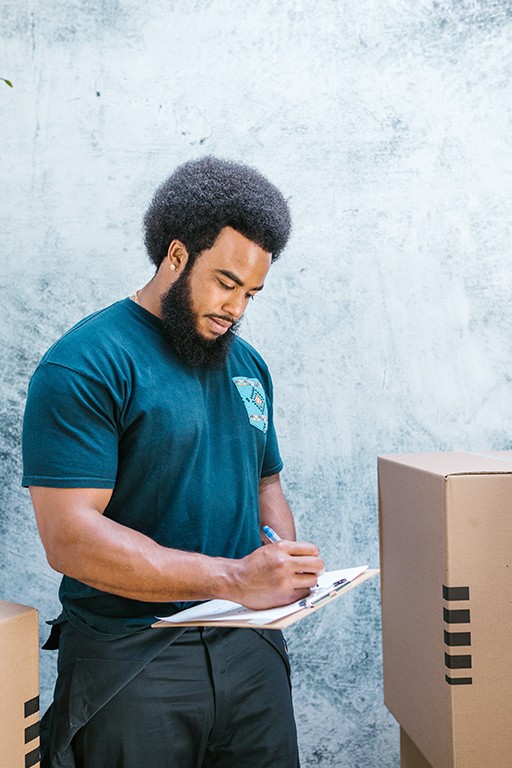
Create Your Inventory List
Whether packing yourself or hiring a professional packing service , making an inventory list has many benefits. It will help keep you organized, track your possessions, and make unpacking quick and easy. Plus, if you're hiring movers, it can help you get an accurate moving quote and assist if you ever need to make a claim.
To create a moving inventory list:
-
Take pictures of the rooms before you pack them. From there, take photos of any valuable items to note what condition they are in before moving.
-
List the item and any relevant details (condition, make, model, product #, etc.)
Packing yourself? Make a rough note of what you have to estimate how many moving supplies you need. However, make the actual inventory list as you pack. Simply write down what is going in each box on a master inventory list. From there, mark the box with a number and put that number next to each item on the list.
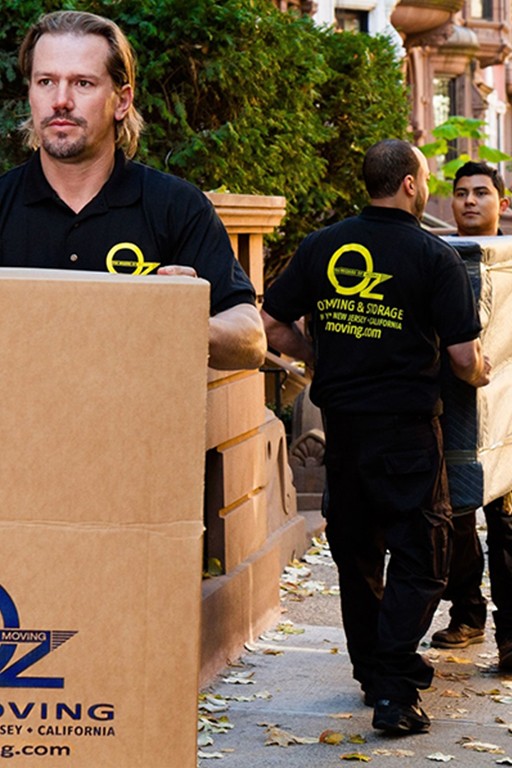
Book Professional Movers
Professional movers are the best route to a stress-free move. Not only do they take care of the heavy lifting and have all the required moving equipment on hand, but they are priceless when moving to a new city. For example, seasoned New York movers are experts at maneuvering large furniture up narrow walkups, rerouting around broken elevators, and dealing with confusing parking laws.
Even if you are only hiring movers for specialty moving services like piano moving or art moving, the peace of mind is well worth it.
Get Packing Supplies
-
Moving boxes in a mix of sizes. Specialty boxes like mirror boxes and wardrobe boxes can make the moving process quicker and easier, while providing maximum protection.
-
Box cushioning such as packing paper, newspaper, or bubble wrap. Some people also opt for packing peanuts and foam sheets.
-
Moving wrap. This large roll of plastic wrap is perfect for bundling items and protecting furniture.
-
Moving blankets are great for protecting furniture and mattresses. Moreover, they can be used to slide heavier pieces.
-
Small supplies such as packing tape, painter's tape, tape gun, scissors, box cutter, marker, pencil, screwdriver, hammer, paper towels, cleaning cloths, glass cleaner, broom, and dustpan.
Pro Tip: Don't be afraid to get creative and use what you have on hand to pack. For example, suitcases, bags, and baskets are great for transporting items. At the same time, blankets, towels, and clothing all make excellent box cushioning. In particular, clean socks are great for protecting glasses when packing the kitchen.
Start Packing
There are plenty of places that you can start packing—the garage, spare bedrooms, storage, etc. However, you generally want to start with items you use least frequently. Think Christmas décor, off-season clothing, occasional kitchenware, linens, etc.
For a full list of items to pack first, check out our guide: What to Pack First When Moving.
How to Pack Valuables
Pick the Right Box: A new box is a must for packing fragile items since a used box offers less protection. Often plastic totes are a good way to go since they are extra sturdy and won't degrade if they get wet.
Padding: Skip the newspaper as the ink can transfer over to valuable items. Instead, opt for packing paper, foam, or bubble wrap.
Label Correctly: Be sure to mark which side of the box is up and label it as FRAGILE. However, do not label the contents as it makes it more prone to theft.
Pack Last: Make it one of the last things you put in the moving truck so it can be one of the first unpacked. This lessens the chance of it getting knocked, squished, or otherwise damaged. If you've hired movers, pack valuables like jewelry in your own vehicle.
Hire Help: Getting custom crates made by a carpenter offers your valuables maximum protection. If you have a large volume of valuables like artwork and antiques, another option is to hire movers, specifically white glove movers. These specialized movers can take care of everything from crating to transporting to unpacking. They'll even take photos of how the pieces were showcased in your old home to replicate the display in your new house.

How to Pack Toiletries
The first thing you should do when packing toiletries is put together an essentials bag. Include everything you regularly use, such as a hairbrush, soap, toothbrush, makeup, etc.
Once your daily toiletries are packed, start on the rest using these tips:
-
Use a medium-sized, sturdy box. A divided box meant for glassware often works well for this. However, if your box doesn't have a cardboard divider, you can prevent your items from shifting by filling in the gaps with packing paper or newspaper.
-
Place all items upright and clearly label which side is up on the outside.
-
To pack liquids: Unscrew the container lid, place a piece of plastic wrap over the opening, and then resecure the lid.
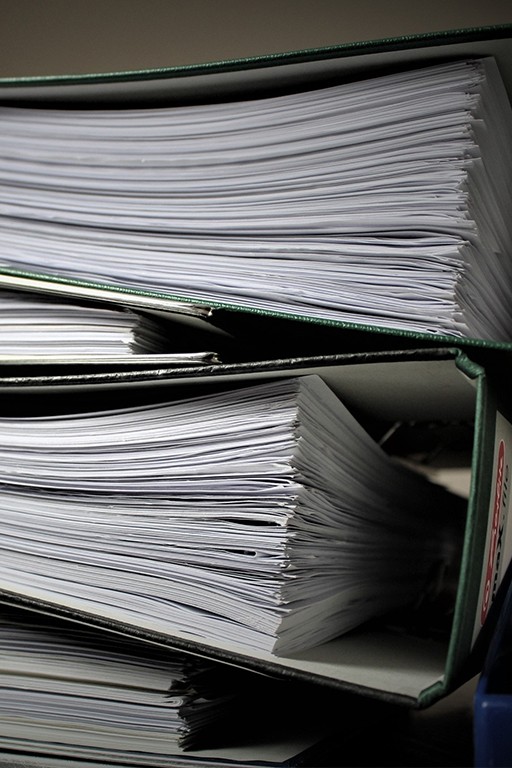
How to Pack Documents
Important documents, especially those containing personal information such as financial records and birth certificates, should always travel on your person. To pack them securely:
-
Use a medium-sized, sturdy box. A divided box meant for glassware often works well for this. However, if your box doesn't have a cardboard divider, you can prevent your items from shifting by filling in the gaps with packing paper or newspaper.
-
Sandwich fragile documents between two pieces of cardboard slightly larger than the document. Secure with a piece of tape on each side and place vertically in the box.
-
Don't label this box with the contents as it makes it more prone to theft.
-
Transport your documents in the vehicle with you or the front of the moving truck for DIY moves.
Other Crucial Packing Advice
Start Early: You'll never regret starting to pack early—but you will regret starting too late. The extra time allows for mishaps like running out of packing material, personal emergencies popping up, and other unexpected time suckers.
Learn to Pack Properly: Understanding how to properly cushion and pack boxes can save you time and headaches. And the good news is that you're already ahead of most since you're reading this guide! To learn more, read our Ultimate Packing Guide. It is filled with packing hacks and instructions for how to pack glassware, furniture, toiletries, and everything in between.
Know What You Shouldn't Pack: Movers have a list of items they will not move (Non-Allowables). And you should be aware of these so you don't accidentally pack them. This includes anything living, irreplaceable, corrosive, explosive, or hazardous.
-
Pets
-
Money
-
Food and perishables
-
Family heirlooms and other irreplaceable items
-
Valuable jewelry
-
Cellphones, tablets, laptops
-
Medicine
-
Financial statements and important documents
-
Scuba Tanks
-
Aerosol cans
-
Paint thinners and varnishes
-
Car batteries
-
Ammunition and fireworks
-
Propane tanks, kerosene, gasoline, and charcoal
-
Power tools and yard equipment with fuel in the tank
-
Plants, soil, pesticides, and fertilizers
-
Hazardous cleaning supplies
Organize Your Boxes: Negate some of the packing chaos by organizing your boxes. This includes labeling every box, packing items by room, and having a designated area to store unused boxes.
Leave One Area Untouched: Belongings shuffled around, rooms in disarray, boxes and bubble wrap everywhere you look. Long story short, packing is messy! To negate some of the stress that comes with this chaos, consider leaving one room untouched during the packing process. It provides a nice retreat from the hustle and can infuse a bit of calm into the weeks leading up to the move.
Do a Final Walkthrough: Once everything is packed onto the moving truck, do one last walkthrough of your home to ensure you haven't left anything behind. Be sure to open all the drawers and cupboards.
How Far Ahead Should You Plan a Move?
The sooner you start planning a move, the better. However, 6 - 8 weeks before moving day is suggested for a local move. Moving long-distance? Plan 2 - 3 months ahead.
The timeframes above are ideal and leave you plenty of room to complete tasks. However, we're realists and understand that not everyone has that much time—and that's okay! Planning can help you use the time you do have efficiently. Moreover, hiring a moving company is always an option when time isn't on your side.
How to Plan a Move with Pets
Your furriest family members add extra tasks to your moving calendar. When planning a move with pets, you should consider:
Visiting The Vet: Before you move—especially if crossing state lines—you should visit your vet to get Fluffy or Fido to update all their shots. You can be denied entry into some states if they aren't up-to-date. Furthermore, your vet can let you know if your pet needs any special meds or accommodations to stay calm during the move. If swapping vets, requesting a copy of their medical records is also a good idea.
Updating Their Chip: When your pet is stressed, it is more likely to uncharacteristically run or slip out the door. Therefore, it is imperative that you update their chip information. The US Pet Chip Registry is generally the place to do so.
Booking Moving Day Accommodations: There are many reasons that you should consider getting someone to look after your dog on moving day. For one, moving day is hectic, which can be stressful for your pet. Moreover, you'll be busy and may not have as much time to dedicate to them. Have a cat? Try to confine them to a room that is as far away from the moving noise as possible. Be sure to put their bed, litter, and food with them.
Travel Arrangements: How is your pet getting to the new house? Are they prone to travel anxiety and need medication? Do you need to book a pet-friendly hotel?

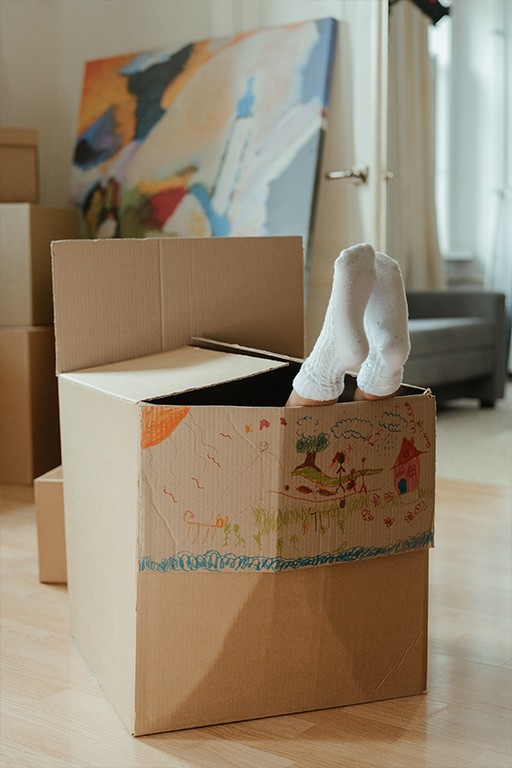
How to Plan a Move with Kids
Kids often have big emotions about the big day. Moreover, mixing moving tasks with parental obligations can be a bit of a challenge. Top tips for planning a move with kids include:
Get Them Involved: Kids often don't get much input about where they are moving, so getting them involved can get them excited about the idea and help ease some of their anxiety. You can get older kids to pack their own room, while smaller children can assist with packing boxes. If you've decluttered many items, getting your kids to help host garage sale is also a fun idea.
Get Childcare: Getting a family, friend, or babysitter to take your child out of the house for a few hours on moving day can be a big help. If you can swing it, a day packing without kids around is highly recommended by many parents.
Have Fun: As adults we often try to jump from one task to another as quickly as possible to get the move over with ASAP. However, taking the time for some fun can help ease stress for the whole family. For example, plan a tenting adventure in the living room the first night in your new home or throw a goodbye party in your old home. If all else fails, everyone loves a good box fort!
How to Plan an Office Move
With the boxing and heavy lifting, every move may seem the same, but that isn't the case. Office moves require additional preparations compared to your average residential move. These include:
Moving Expenses: On top of costs like movers and packing materials, you'll have extra expenses to budget for like renovations and interior design, IT setup costs, and cleaning services.
New Address: You'll need to update your address in all the places you would with a residential move (minus your driver's license), plus more. This includes business memberships and subscriptions, utility companies, credit card providers, and bank accounts. Additionally, you need to notify customers and suppliers of the new location and update any marketing material that contains an address (business cards, letterheads, website, etc.).
Employees: Your office move checklist should include employee-related moving tasks. How are you going to tell them about the transition? Who is transferring to the new office and when? How are you going to address and manage employee moving stress?
Read How to Plan an Office Move for mo re tips and advice
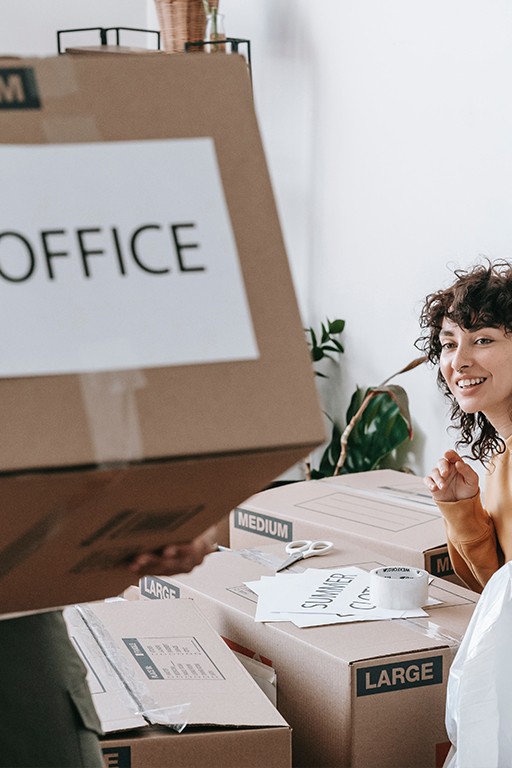
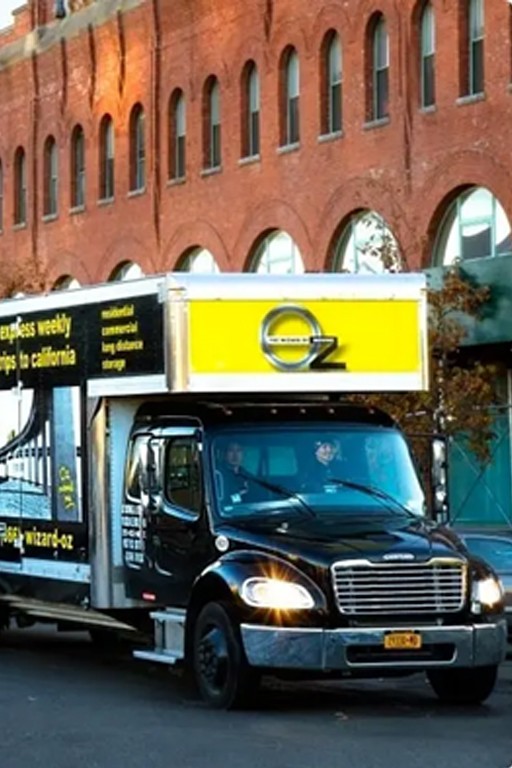
How to Move Long Distance
Moving long-distance requires more planning than a local move. Therefore, you should start planning 2 -3 months before moving day whenever possible. Extra items you need to prepare for include:
Travel: Booking plane tickets and animal boarding should be done as soon as possible. Additionally, you'll need to plan hotel stays and meals. If you're taking your car, get it tuned up ahead of time.
Activities: Long car rides and plane rides can be tedious. To pass the time, download audiobooks or podcasts. Have kids? Don't forget to pack them a bag with things they can do in the car or plane to keep them occupied. Lastly, pack snacks. Long car rides have a way of making everyone hungry. You can be a moving hero by packing a box of granola bars and some juice boxes!
Food: Getting rid of all food is the best option for long-distance travel. In the weeks before your move, make meals that clean out your pantry and fridge, such as stir frys, stew, and quiche. If you can't use everything, donate canned goods to a local food bank the week of your move. For condiments or perishables, pass them down to local family or friends.
Plan Your Move In Advance
It feels like there are a million tasks to complete for a move—and planning may seem like an extra one to tack on. However, it is truly a crucial step to make your move successful. Planning a move ensures you aren't forgetting essential tasks, keeps you on track, and saves time, stress, and money. I don't know about you, but that sounds like my kind of move!


